All thumbnails under the cat are links to full-size images of the corresponding magazine pages.
1990: The Golden Age
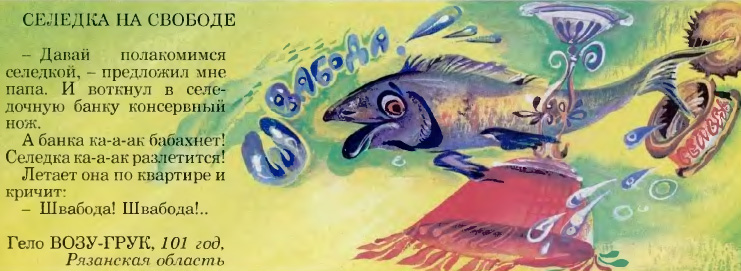
By the end of the 80s, a total and irrepressible demand had formed in Soviet society for an ideology-free alternative to traditional socialist propaganda. This also affected periodicals in all directions. Creating a strong competitor in the line of children's magazines is on the agenda. The Tram project received high state support and immediately launched with a two-million circulation. The magazine justified the resources invested in it, immediately becoming popular.
What is so hooked to the new magazine? What was there in him that was not in the sore mouth of Soviet children's publications?

This article was written with the support of EDISON Software.
Customer Opinion: 10 pluses of programmers from EDISON
This is interesting and useful to know: Breakfast programmer
Pattern Break
Compared to the elegant, but bland “Merry Pictures” and the frankly faded “Murzilka”, the creative flowed from each page.
Non-standard and non-format were manifested both at the level of images and at the level of texts. At the same time, the creative approach was combined with moderate systematicity, when pages in one style on a topic were repeated several times in a row (and then even with some sadness you note that the series is completed and is no longer present in new releases).
Here, for example, a thematic line about proverbs and sayings on topics related to certain parts of the body. The artist Baldin creates awesome illustrations that I want to consider for a long time, studying every detail. The combination of a kind of humor in the Harmsian spirit with a breathtaking artistic style.
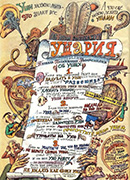
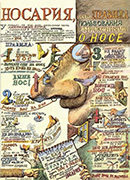
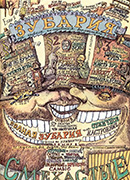
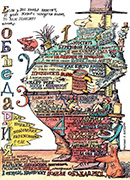
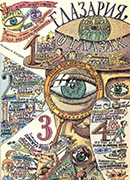
By the way, the frequent use of “serial” topics throughout the year, or at least in several issues in a row, distinguished Tram very favorably. This was also the case in Soviet magazines (for example, stories about the exploits of Hercules in each issue of the VK for 1984), but this was more likely an exception than a rule.
Scientific knowledge
Despite the fact that the pictures were just awesome, the entire text is focused on thoughtful children and thoughtful parents (who made the decision to purchase the magazine). Although extraordinary images visually dominated the text, often the words were more important and interesting.
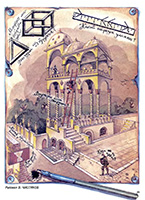
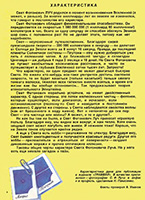

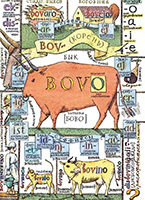
Great emphasis in the magazine was on providing children with modern scientific knowledge, and the content was clothed in the brand name “Tram”. About four-dimensional space, the Mobius band, Esperanto language, the family tree of the Rurik family, optical illusions, sleep phases and other interesting things were explained in such a way that it was clear that the child was an adult.
Subtle irony and frank banter
When selecting the material, the editorial board completely abandoned the “fuss”, which is typical of the same “Funny Pictures”, replacing it with a playfully critical attitude of the children themselves both to the adult world and to themselves.
It is no coincidence that such “ironic” poets as Igor Irtenyev, Grigory Oster and even, God forgive me, Viktor Shenderovich could be found on the pages of the magazine. Appropriate black humor and paradoxicality in the Harms style (as, incidentally, Harms himself) met metered in the magazine.
Grades and exemplary behavior is not the main thing for a child
Tram fundamentally abandoned the moral precepts characteristic of Soviet children's magazines. Children were accepted as they are. The craving for knowledge was encouraged, but it was not imposed at the same time. High marks and exemplary behavior were not presented as mandatory attributes of a “right” child. Moreover, Pai-girls and Pai-boys made fun of in the pages of the magazine. Some comic content seemed to approve of hooligans and two-threesomes, however, in fact, the idea was held that formal performance is not the main thing.
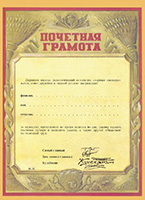
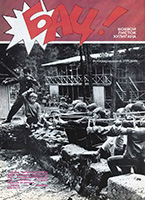


The Tram magazine bribed by recognizing the right of any child to simply be himself, without imposing the desire to be an “ideal Soviet schoolboy”.
Rejection of permanent characters
The successful decision was that the magazine, in fact, refused the total use of any brand character (or group of those) like Murzilka or the Club of Cheerful Men.
The problem with Murzilka and the Merry Men is that the magazines are oversaturated with them. They are corny annoying with their annoying presence on every cover, in all comics, in most riddles and stories. Children have long been "overfed" by them.

Of course, some recurring heroes were also present in the Tram, but they were used infrequently, not in every issue and somewhere on the last pages. For example, there were rare comics about the detective Bertram Weiss and his assistant dog Composter. However, they cannot be called the “face” of the magazine. Detective storyboards about them were just a form of mystery.
The main characters on the pages were not cartoons, but the children themselves. If "Funny Pictures" and "Murzilka" were magazines for children , then "Tram" is about children .
Desktop
Non-standard games were a strong point. In games from “Funny Pictures”, a few boring motives are repeated from decade to decade, usually in the simplest version - “walk through the maze from point A to point B”, “determine which item belongs to which owner”, etc.
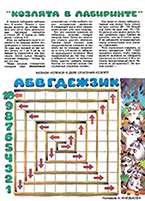
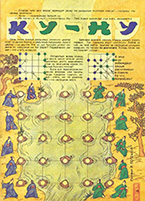

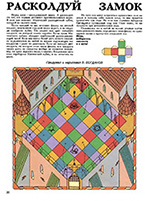
In Tram, the level of games was an order of magnitude higher. Even if it’s moving through a maze, then with some complicating non-standard conditions in which you have to solve unusual logic problems. Frequent guests of the magazine are unusual chess-checker games. And almost always, these are games not for one, but for two or more participants, even if they are the notorious labyrinths.
Children - co-authors
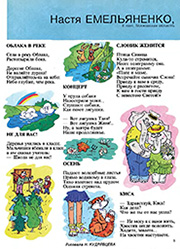 A strong move was the wide representation on the pages of the creativity of the children themselves.
A strong move was the wide representation on the pages of the creativity of the children themselves.
Each issue in a significant number published poems, drawings, stories, jokes, puzzles sent by the youngest readers themselves.
This markedly brought children together with the magazine, they were not only its readers, but the creators .
1991: Already Orthodox, but so far excellent
The next year, the magazine also kept a high standard of quality. Of the features of this year, one can note indispensable riddles encrypted in the image of the number on the cover.

A notable innovation of 1991, which is controversial today, is the indispensable presence of an Orthodox page (or even two) in each issue of the magazine. However, in those days, even the Komsomol “Funny Pictures” began to sin like that, now promptly informing when Christmas and Easter will be.
The Tram magazine will keep the Orthodox trend to the very end. However, this did not affect the style, content and quality of the rest of the material. Instead of piety, the magazine still preferred science, instead of humility, it also suggested that children be themselves.
Along with this, I would subjectively note a little more criticism of the Soviet regime in the whole apolitical magazine. In the previous year, this criticism was extremely rare and very fragmented, at the level of short jokes. This year, politics in the magazine was also at a minimum, however, it appeared clearly.
Here, for example, is an excerpt from the August issue (GKChP will happen only at the end of this month): 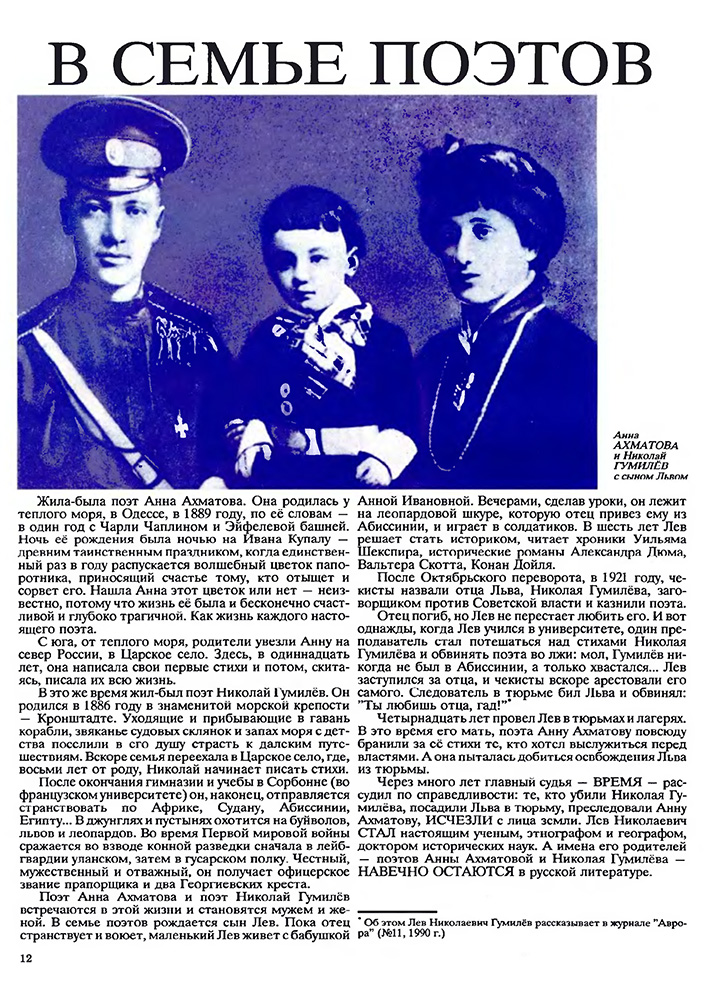

1992: The Period of Nothingness
The first alarm bell was the lack of the last, 12th issue for 1991. The following year, 1992, the magazine did not come out at all.
After the collapse of the USSR, the Soviet Lenin Children's Fund (to which the Tram magazine was assigned) was reorganized into the Russian Children's Fund. There was no money to finance Tram, and a magazine with a two-million circulation, it would seem, abruptly and permanently ceased to exist.
However, the creators of the magazine did not give up. A general sponsor was found (now a long-standing bank from the Kuzbass) and next year the publication of the popular publication resumed. True, with a circulation of 20 times less than before. The free market has regulated that 100 thousand copies is the maximum that it makes sense to print.
It is worth noting that Murzilka and Merry Pictures (which, as the legends of the Soviet periodicals continued to be funded by the state), also did not maintain their multi-million dollar performance. In just a few years, they have fallen to 100-200 thousand copies per month, and currently the circulation does not exceed 50 thousand.
1993: Beginning of the End
Forced annual leave did not benefit the magazine. It subjectively seems to me that this year the Tram sharply became boring. The illustrations and texts seemed to have lost the magic of eccentricity, the filling became somehow inexpressive, ordinary or something. The magazine had lost its former bully enthusiasm somewhere.
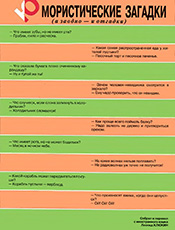
Cross-cutting themes pervading several issues are no longer used. A bad sign was that instead of illustrations, more photos were used. Layout has become simpler, almost primitive. For example, if it was a set of short texts (jokes, riddles, small verses), then in his best years he often randomly scattered across the page interspersed with psychedelic illustrations - then it looked great. Now everything began to be neatly arranged in two boring columns, without illustrations, but with monotonous dull fills.
Orthodox inserts sometimes began to occupy several pages. Instead of ironic jokes, ordinary jokes began to be printed. Anyway, humor became unfunny. Young readers almost stopped sending their work. Instead, a strange heading a la “get acquainted” appeared, where the children write briefly about their hobbies, indicate their age and leave their full home address for correspondence. The rebel magazine at some points began to resemble free advertising newspapers (with jokes and dating ads on the last page) for average housewives.
1994: Dinosaurs and Programming
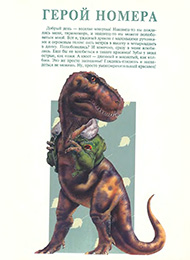
This year, the magazine seems to have begun to return to the right track.
Firstly, we returned to the idea of an annual theme. This time the dinosaurs became such. Each issue described in detail about one of the species of extinct dinosaurs, around them jokes and stories were built.
Of course, the idea was obviously secondary (the Spielberg Jurassic Park, which powerfully set the world fashion for deadly reptiles, was released a year earlier), but it was already good that the magazine was not just serving the next issue, but was trying to systematically create content.
This year is also interesting with a series of educational stories devoted to programming (editor-in-chief Tim Sobakin is a programmer by education and first profession, by the way).
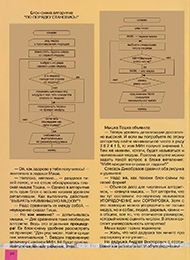
I do not consider these stories successful for children of secondary school age (many long dry arguments, no pictures), but perhaps this was one of the first attempts in Russia to systematically talk about programming on the pages of a children's magazine.
Despite these small positive changes, fatal happened with the Tram magazine - it finally ceased to be an unusual children's magazine.
1995: Final
And this year a miracle did not happen. It was obvious that the publication would not return to the level of 1990-91. When “double” issues began to appear in February-March (to be more precise, it’s just not every month, but every two months), it became clear that the magazine was gone for a long time. And so it happened, the June issue (just the fourth in a row this year) was the last.